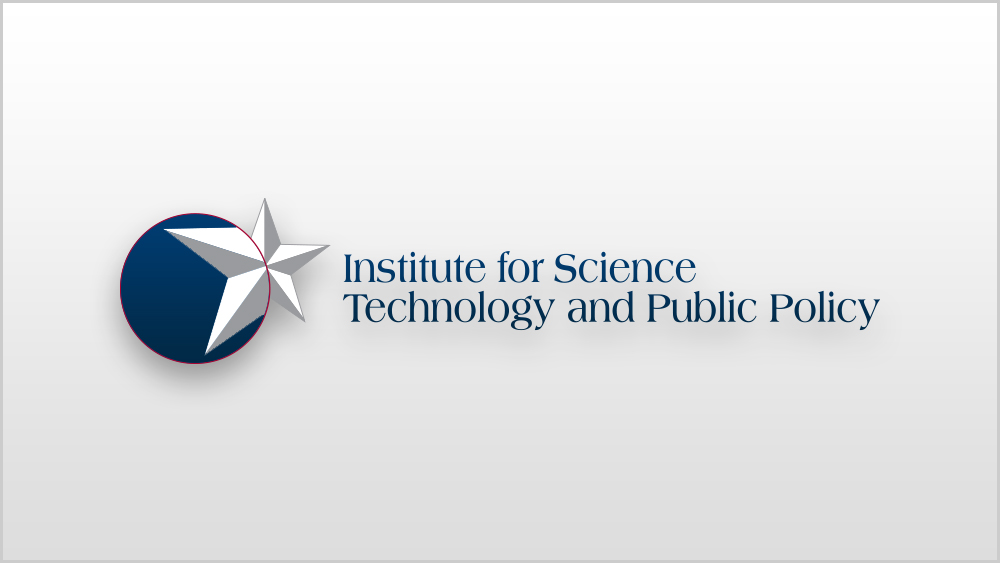
The Bush School of Government and Public Service has recently partnered with the Texas A&M University College of Engineering and the Texas A&M Engineering Experiment Station (TEES) on a new National Science Foundation funded Engineering Research Center (ERC) on Texas A&M’s campus. While some might see a public policy school’s involvement with an engineering research center as unorthodox, Dr. Arnold Vedlitz, director emeritus and distinguished research scholar in the Institute for Science, Technology and Public Policy (ISTPP), believes it to be a perfect fit.
“Engineers develop important tools and processes with the potential to improve citizen well-being, and we deal with the human aspects of these innovations,” said Vedlitz.
The tools and processes being designed by scientists and engineers in the PATHS-UP Center will help those affected by diabetes and cardiovascular disease in underserved communities across the country and the world. This new technology is being developed as part of PATHS-UP, or Precise Advanced Technologies and Health Systems for Underserved Populations.
Dealing with the human aspect, as Vedlitz says, means engaging with the various stakeholders in this project. These transformative and life-changing medical advancements require engagement with those who will use them, pay for them and benefit from them, and that’s where the Bush School comes in.
Vedlitz, and others in the Institute for Science, Technology and Public Policy at the Bush School, played an important role in bringing this new program to the Texas A&M campus, specifically by helping to identify and coordinate the community and stakeholder engagement efforts of the new center. Vedlitz and his senior leadership team, including Dr. Kent Portney, director of ISTPP, Dr. Mark Lawley, Professor and Head of the Department of Industrial and Systems Engineering at Texas A&M, and Dr. Farzan Sansangohar, assistant professor also in the Department of Industrial and Systems Engineering, will be responsible for the new center’s Program for Community Engagement.
Stakeholder engagement involves reaching out to various parties and individuals who will be essential to the design and acceptance of these medical device innovations. Such stakeholders include community leaders, patients and their families, relevant industries, insurers, health providers, and government agencies and regulators. The goal of the community engagement team is to identify these stakeholders’ concerns, goals and priorities, and help weave them into technical design elements as well as outreach and education efforts.
“There are a huge number of human behavior and policy questions,” said Vedlitz, “including questions about insurance, safety, costs and functionality of the devices.”
This National Science Foundation ERC is an initiative that connects multiple academic fields as well as industry and government partners, and is a reminder of the importance of collaboration between the science and technical, and the social science and policy research fields as Texas A&M seeks to participate in the largest and most prestigious research grant awards.
PATHS-UP will be led by the director, Dr. Gerard Coté, Texas A&M professor of biomedical engineering, and will be housed in the Health Technologies Building.
